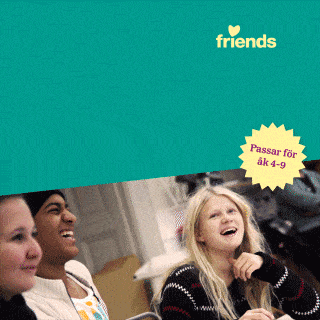Supporting Communication in Schools for Students with Intellectual Disability: Augmentative and Alternative Communication and Partner Strategies
Sofia Wallin har bland annat undersökt kommunikationen i klassrumsaktiviteter med elever och personal i anpassade grundskolor samt möjliga förändringar efter en utbildningsinsats för skolpersonal.
Sofia Wallin
Professor Jenny Wilder, Stockholms universitet Docent Gunilla Thunberg, Göteborgs universitet Professor Helena Hemmingsson, Stockholms universitet
Docent Anita McAllister,Karolinska Institutet
Stockholms universitet
2025-01-20
Abstract in English
Communication is essential for social closeness, educational success, and quality of life. For students with intellectual disability (ID), communication is often challenging due to limitations in intellectual functioning and adaptive behavior. This thesis explores turn-taking and the use of augmentative and alternative communication (AAC) in schools for students with ID. It also examines a communication partner intervention, the AKKtiv ComPal.
The participants included 33 students with ID and 30 school staff members from seven schools. Data were collected through video observations of structured (circle time) and unstructured (leisure time) group activities at three time points: pre-intervention, post-intervention, and follow-up. Data were also collected to assess students’ communicative skills and limitations.
A cross-sectional design was used to examine classroom communication, and multiple case studies examined intervention applications and changes over time. Turn-taking and communication modes of students and staff were analyzed using a coding scheme developed for this thesis. Teachers’ use of responsive strategies was analyzed using the Responsive Augmentative and Alternative Communication Style (RAACS) scale. The frequency of their augmented input and the number of communication boards were also measured. Non-parametric statistical tests, descriptive statistics, and visual representations were used to analyze and present the findings.
Pre-intervention, staff dominated the classroom interactions, and AAC was used less during unstructured activities than in structured and pre-planned activities. Students used AAC more frequently when school staff also did so. Following the intervention, teachers (N = 4) used responsive strategies and augmented input more extensively. Students (N = 10) increased both their number of turns and their use of picture-based communication.
Consistent use of communication partner strategies by school staff is critical for enhancing student communication. Regular staff training and support may be necessary to address high turnover rates among support staff and to ensure these strategies are applied consistently over time. Improved access to personalized communication systems and better integration of AAC into daily activities are recommended to support students with ID effectively.


